Performance Videos in the Era of COVID-19
- First Podcast about Video Production of the Performing Arts -
Writer/ KIM Soohyun
Senior Reporter, Government Policy & Culture Department, SBS
Special Podcast Series about Video Production of the Performing Arts
1. Performance Videos in the Era of COVID-19
2. Consumption and Enjoyment of Performance Videos
3. Production of Performance Videos
4. Intellectual Property Rights of Performance Videos (to be uploaded on November 4)
5. Performance Videos as a New Genre (to be uploaded on November 4)
The coronavirus pandemic has changed everything. Some people even say that BC means “Before Corona” and AD, “After Disease.” In the Korean performing arts scene as well, performances began to be canceled one by one in February amid the fear of the spread of the virus. I’m hosting SBS performing arts podcast called “Curtain Call.” This podcast recently focused on relieving the stress of those who had canceled performances by having them talk about how they had been forced to scrap plans for performances.
Before start recording for the podcast, an artist half-jokingly suggested we stop using the word “coronavirus,” saying that he feels so frustrated when he talks about the virus. But after the recording started, we weren’t able to talk properly without mentioning the word “coronavirus.” That was because the virus forced him to cancel performances, to be cooped up at home, to self-isolate once he arrived in Korea and to present online performances without the audience.
After the outbreak of COVID-19, all the performing arts-related articles I wrote for SBS News were about online performances. A prerequisite for an online performance is video production of the performance. So I wanted to delve into such video production of the performing arts which has become a major topic of the performing arts scene. It was under these circumstances that I came to host the podcast “Curtain Call” with KAMS for the whole month of August, as a special series under the theme of “video production of the performing arts.” The special series of podcasts was intended to have diverse and in-depth discussions with performing arts production experts on the following topics: production, consumption, distribution and intellectual property rights of performance videos and such content set apart as a new genre.
The first podcast of this special series, which was uploaded on August 5, had this title: “Performing Arts in the Era of COVID-19.” This podcast served as the introduction of the whole series in that it pointed out the rapid changes in the performing arts scene after the outbreak of the pandemic, thus forming a big framework for the discussions that would follow. The podcast had Prof. CHO Man-su at Chungbuk National University, who has always been there for performing arts production as a theater critic and Dramaturge, YUN Bo-mi, director of the Bom Art Project, who started online performances with "Corner room classical music" from the onset of the pandemic, and Mr. Park Byeong-seong, director of the monthly magazine "The Musical" who has interviewed those in the performing arts scene for a long time. The participants talked enthusiastically for an hour and a half. These are their major remarks.
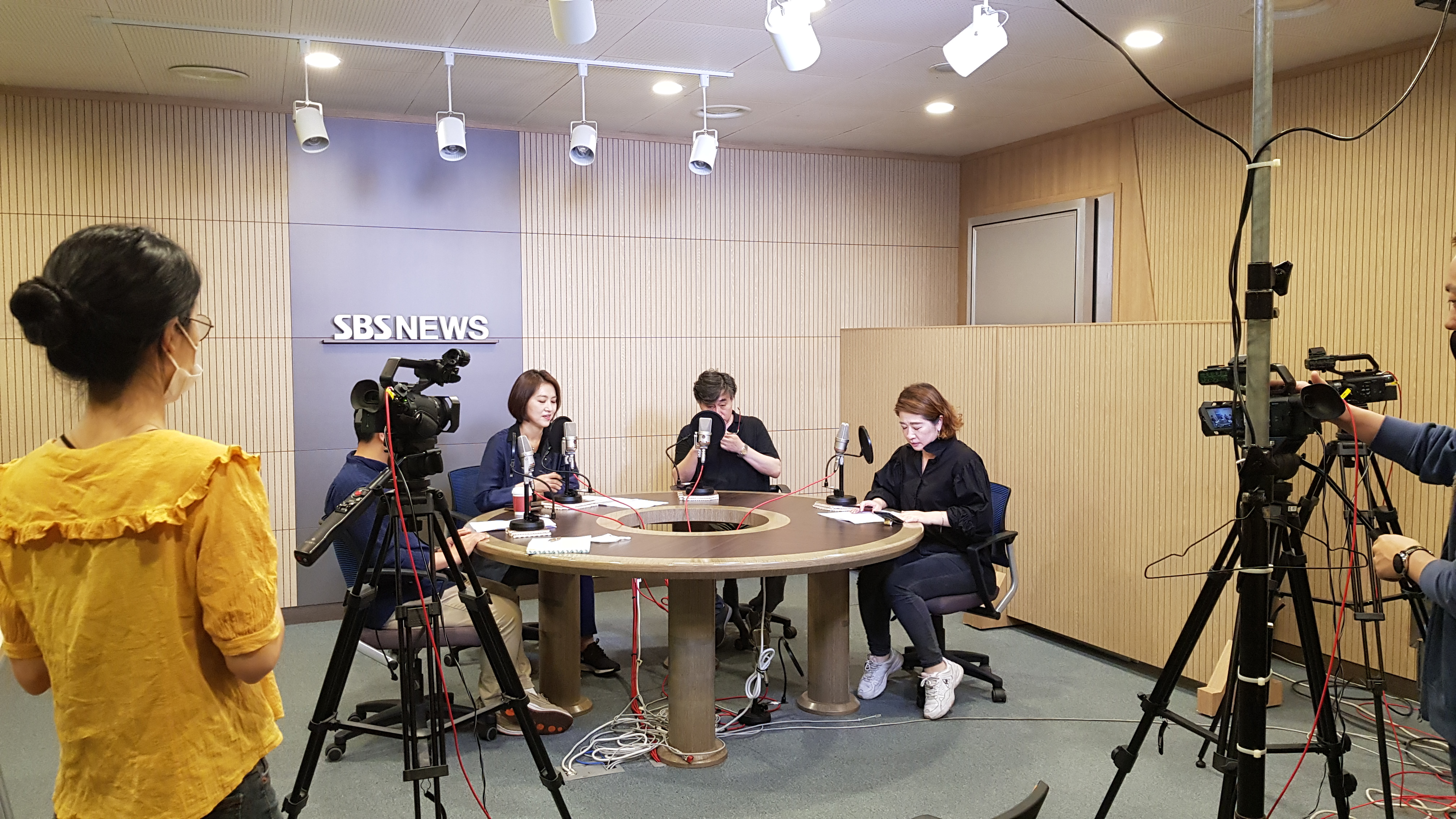
First Podcast about Video Production of the Performing Arts ©KAMS
CHO Man-su/As I continue to present online performances, I ask myself this question: “The theater is a genre whose very essence consists in meeting the audience. But what are we doing right now?” We still feel confused about video production of the performing arts and online performances. Some people find the potential of online performances while others criticize them, arguing that they dilute the essence of the theater.
PARK Byeong-seong/In other countries, "The Phantom of the Opera" was shared online and attracted 10 million people around the world in just two days. Even if people can’t afford to go to the theater, they seem to be quite interested in performances. In Korea, national and public performing arts companies took the lead in filling the gap caused by the cancellation of performances. They mostly shared performance videos they had kept as records. Artists also began to perform without the audience and share their performances online.
YUN Bo-mi/People watch the online performances for a couple of months out of curiosity, but it is difficult to maintain their interest. We are experiencing our limits in all areas including the production cost, staff, and planning.
PARK Byeong-seong/Unlike the National Theatre (UK) and Metropolitan Opera(US), which have made great efforts to share their videos since the period before COVID-19, the Korean performing arts is facing a situation in which they are forced to present online performances all of a sudden. No wonder they lacked preparatory work. A survey result even says that people can stay focused on a performance video for 20 minutes on average. Indeed, it is not easy to keep them interested.
CHO Man-su/A performance is not only about watching it, but also about going out. In other words, watching a performance means that you go out of your home and have an experience you don’t have usually. Considering this, the problem is that to which extent an online performance could replace an offline one.
KIM Soohyun/Going to the theater means that you put yourself into an environment where you have no choice but to concentrate on the performance. When you watch a video at home, you are interrupted by numerous factors. For me, it was relatively easier to stay focused on genres that are descriptive and that have a certain plotline.
PARK Byeong-seong/Even in the case of NT Live and Met Opera Live, it is said that the audience stays focused even more when they watch a video in a performance venue rather than in a movie theater and when the running time and intermission are exactly same as those of the actual performance.
YUN Bo-mi/As for the online performances "Corner room classical music", we were able to keep the audience focused through our live chat with them.
PARK Byeong-seong/In the case of "Story of an old couple" which was produced through the Seoul Arts Center’s SAC on Screen, we helped the audience stay focused by making new attempts, like adding a film to the beginning of the play. In addition, the camera followed the performers on stage, instead of staying with the audience and just looking at the stage. This is a new genre called “Stage Movie.”
CHO Man-su/The problem is that it is difficult to come up with a business model for such attempts right now. We are presenting online performances with the budget that was allocated for offline ones. But public theaters are expected to reduce their budget for next year’s season.
PARK Byeong-seong/When it comes to "Lady Hyegyeong", which was produced by filming a play like a movie, the performance passed the break-even point in 40 months. The video was shared through movie theaters, IPTV and OTT platforms. This kind of content was something new to everyone so it took such a long period of time to reach the break-even point. But as more productions like this come out, their potential could grow bigger and the number of investors could also increase. That is what I heard. But in the case of performance videos that have been shared online recently, many of them had been produced for records, without considering the possibility of paid content. So there are lots of problems regarding the rights of the cast or production crew. Right now, those videos are shared for free but once they become paid content, this issue will start arising in earnest.
YUN Bo-mi/As for classical music, famous brands like DG or global stars provide paid content. But our challenge is to see if we could start providing paidcontent in a small, local market. The fundraising we are currently doing actually tells people, “We are having a hard time. Please help us.” There is still a long way to go before we are paid for online content in a stable manner.
KIM Soohyun/I asked the National Theater Company of Korea during an interview and they said that they were also worried about what they would charge for performance videos if they are to provide paid content.
CHO Man-su/In the case of "Supplementary story of king" by the theater company Mabangjin, they say that their video’s greater online exposure is also an achievement in itself, even before discussing paid content. It is not easy to ensure economic feasibility only with one product. The original realm of the theater is the stage. If we make a framework where the theater’s economic feasibility expanded by online performances adds to the value of the stage, we will be able to make a symbiotic structure. But it is a daunting challenge to generate economic values only with online videos.
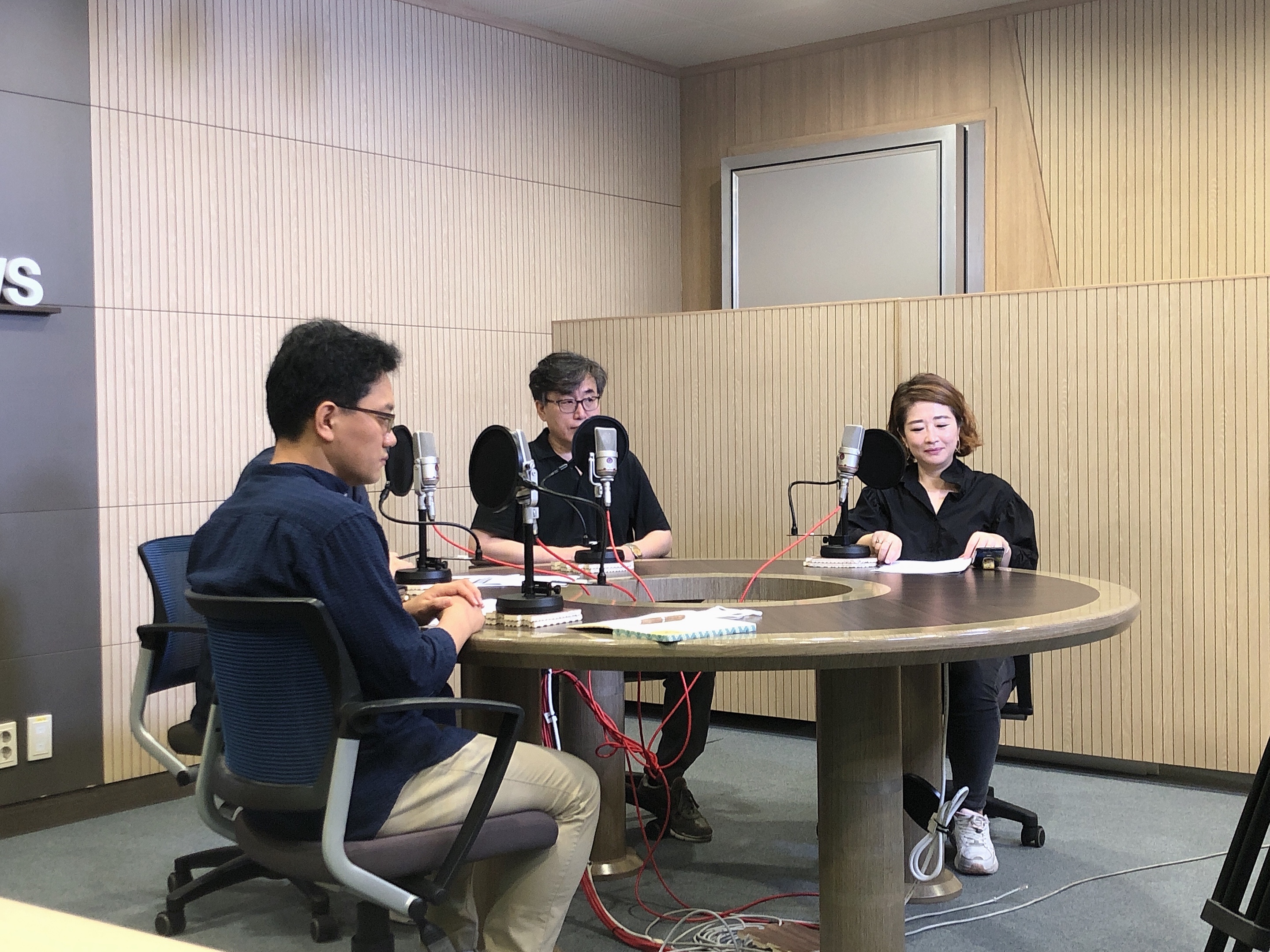
First Podcast about Video Production of the Performing Arts ©KAMS
YUN Bo-mi/I’ll share another case. A performer came to have more fans through the online performances "Corner room classical music". After that, the performer made profits through his own YouTube channel.
PARK Byeong-seong/Some musicals were supposed to be presented abroad but were cancelled due to the coronavirus pandemic. Instead, their videos were shared abroad. If a performance has a commercial value with idol stars for example, it can be successful in the global market.
KIM Soohyun/As the performance videos continue to be distributed online, don’t the artists complain about it? I heard that those producing Broadway musicals are rather reluctant to share their videos for that reason.
CHO Man-su/Performers do complain if their portrait rights are not protected and if they aren’t rewarded properly. I have been able to get videos of great performances from Europe, even though their number is not big, but I have found it very difficult to get North American ones. This means that copyright protection is much stronger in North America. But would it be helpful for performing arts companies’ long-term profitability to share relatively recent performances online?
KIM Soohyun/I heard that the Metropolitan Opera had succeeded in greatly increasing their revenue from performance videos thanks to their Met Opera Live but that the number of those coming to the offline opera theater hadn’t grown due to thevideos. In contrast, at the UK’s National Theatre, both the number of those watching NT Live videos and that of those coming to offline performances have risen.
YUN Bo-mi/Unlike, in the case of NT Live, the Metropolitan Opera’s tickets are too expensive to attract people to the theater. That may be the reason.
PARK Byeong-seong/The musical "Fan letter" was the first performance to be presented online through the portal Naver as a full-length performance, for free. Its premiere didn’t gather many people at the theater but after the performance video was shared on Naver, the number of theater-goers also rose greatly. Afterward, the number of similar cases grew. That is because even if people can watch a full-length performance online, there is something they can feel only on the spot.
KIM Soohyun/With the growing number of online performances made available, I began to search for and watch videos from world-renowned theaters, companies, and performers. Online audiences are expected to turn to those with a strong fandom and capital.
PARK Byeong-seong/When a performance video is produced as separate content that is different from the performance itself, that video would have independent competitiveness. It is even better if the video can attract those who haven’t been used to performances. The musical "Rent", which was produced as a video by Fox TV in the US, is a good example in that sense.
YUN Bo-mi/The current situation is challenging, but it is also an opportunity for artists to actively try to answer these questions: “Who are my audience? To whom my art should be headed? What is the artistic message I need to convey?”
KIM Soohyun/It is important to make videos successfully but the priority is to ensure strong content of the performance to be produced as a video.
CHO Man-su/When a performance moves to a medium called video, it will lead to generating an ecosystem along with those who serve as intermediaries. Even though video content of performances can’t make money in itself, it would be meaningful for a platform to collect content. But the individual artists who participate in it must be able to have their rights protected.
KIM Soohyun/It would be difficult for individuals to face this. We need agreements, criteria and systems in the entire performing arts scene.
PARK Byeong-seong/The market hasn’t been formed yet. So it would be difficult to focus on monetary rewards until the market reaches a reasonable level.
CHO Man-su/Performers’ copyright issue actually existed even before the coronavirus pandemic. In this regard, it is a positive sign to see people reflect on the existing problems of the ecosystem during its formation.
Once a video of a performance is produced, it is not the performance itself anymore but it becomes video content. We should make a structure where offline performances and online video performances coexist in a symbiotic manner. COVID-19 has forced video production to become a major topic suddenly but it is the reality we are facing so we need to find the way somehow. “At this moment, national and public theaters’ role is even more important” (YUN Bo-mi), “In the post-coronavirus era, the value of on-site performances will become greater” (PARK Byeong-seong). These are the experts’ views. We started the podcast to talk about video production of the performing arts but as we talked, we came to keep reflecting on the value of the performing arts.
Those who watched a performance at a theater that reopened after its closing amid the coronavirus pandemic would have realized how precious it is to watch an on-site performance. With the recent surge in the spread of COVID-19, performances are halted, postponed and canceled again. Everyone is clamoring for video production and online performances but it is true that “if the original realm of the performing arts collapses, there is nothing to show” (CHO Man-su). The original realm of the performing arts is the stage and video production and online performances would be meaningful only when we can protect this realm. Eventually, the first podcast of the "Special Podcast Series about Video Production of the Performing Arts" allowed the participants to reaffirm that our challenge is not only to think about how to produce performance videos but also to consider how the performing arts scene could maintain its liveness and survive, as a prerequisite.
To be continued.








 PREV
PREV
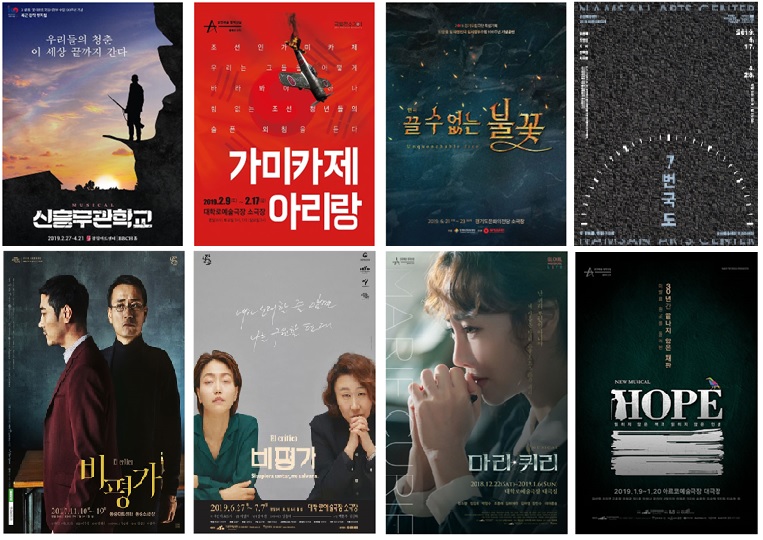
.jpg)
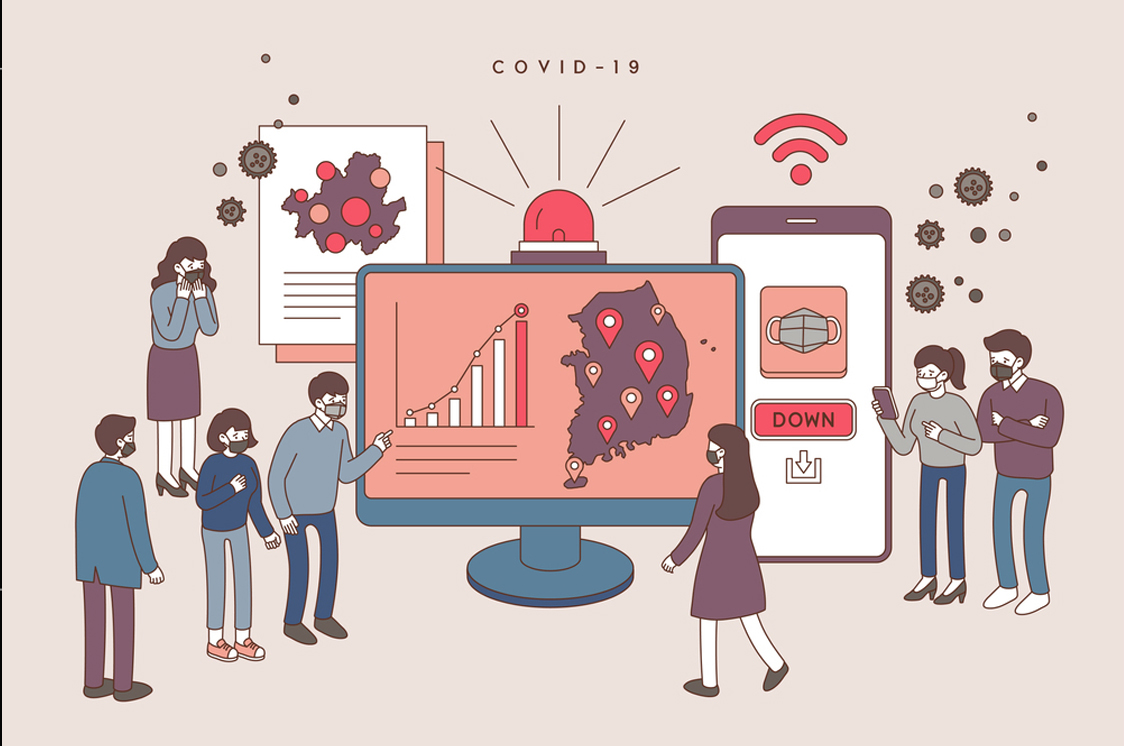
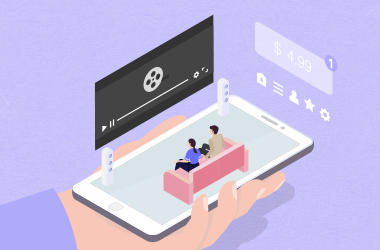
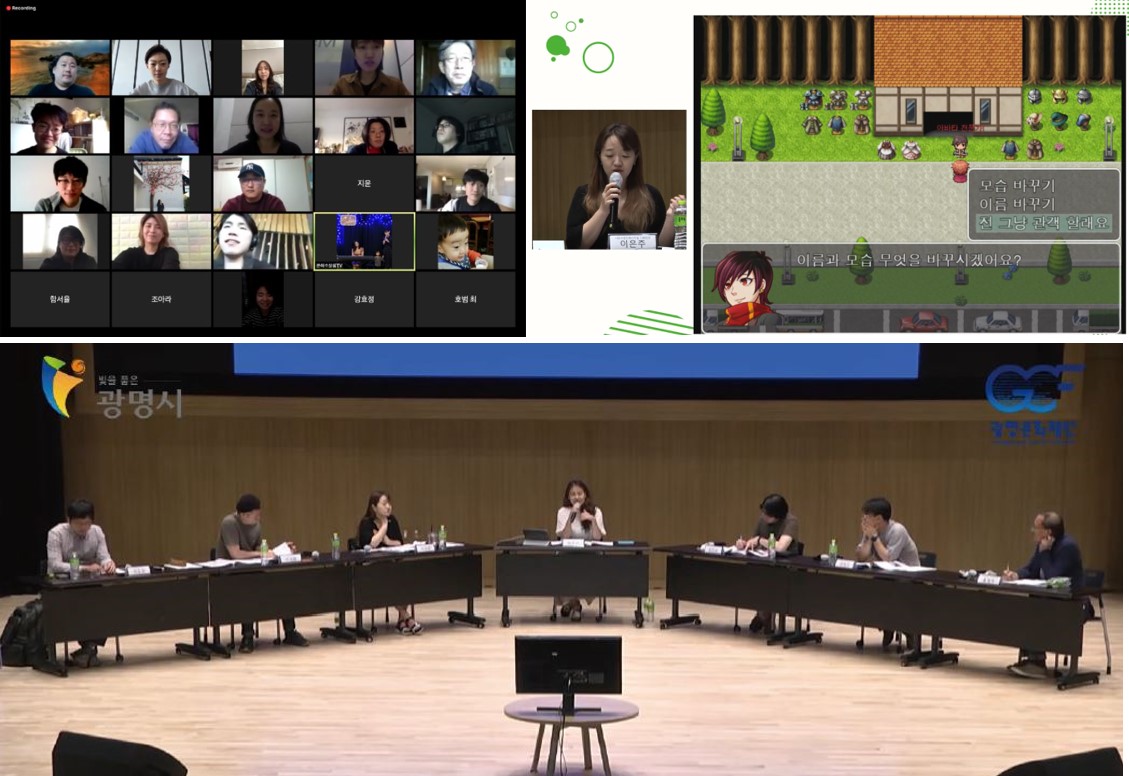
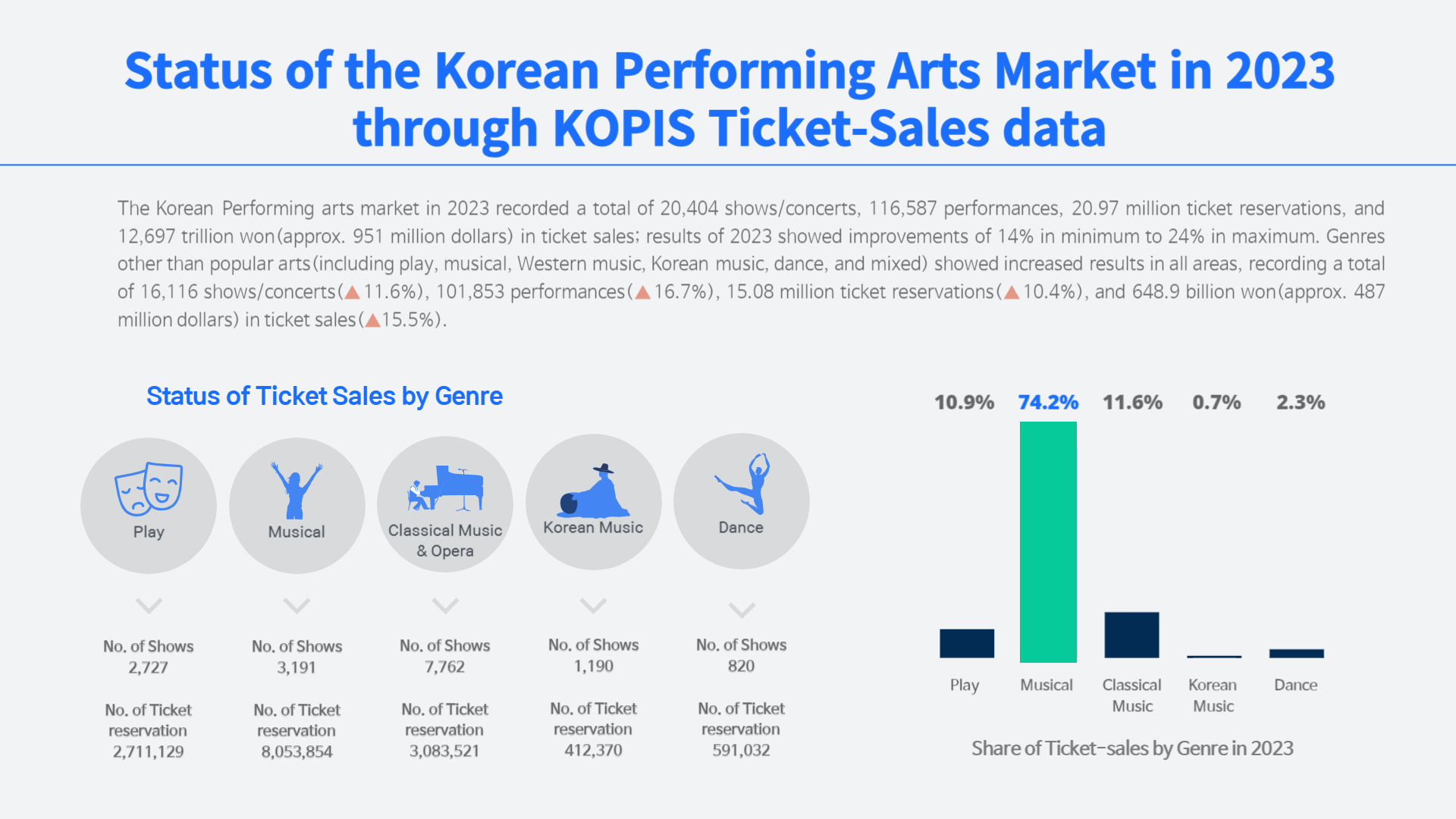
.jpg)
.jpg)
.jpg)
.jpg)











